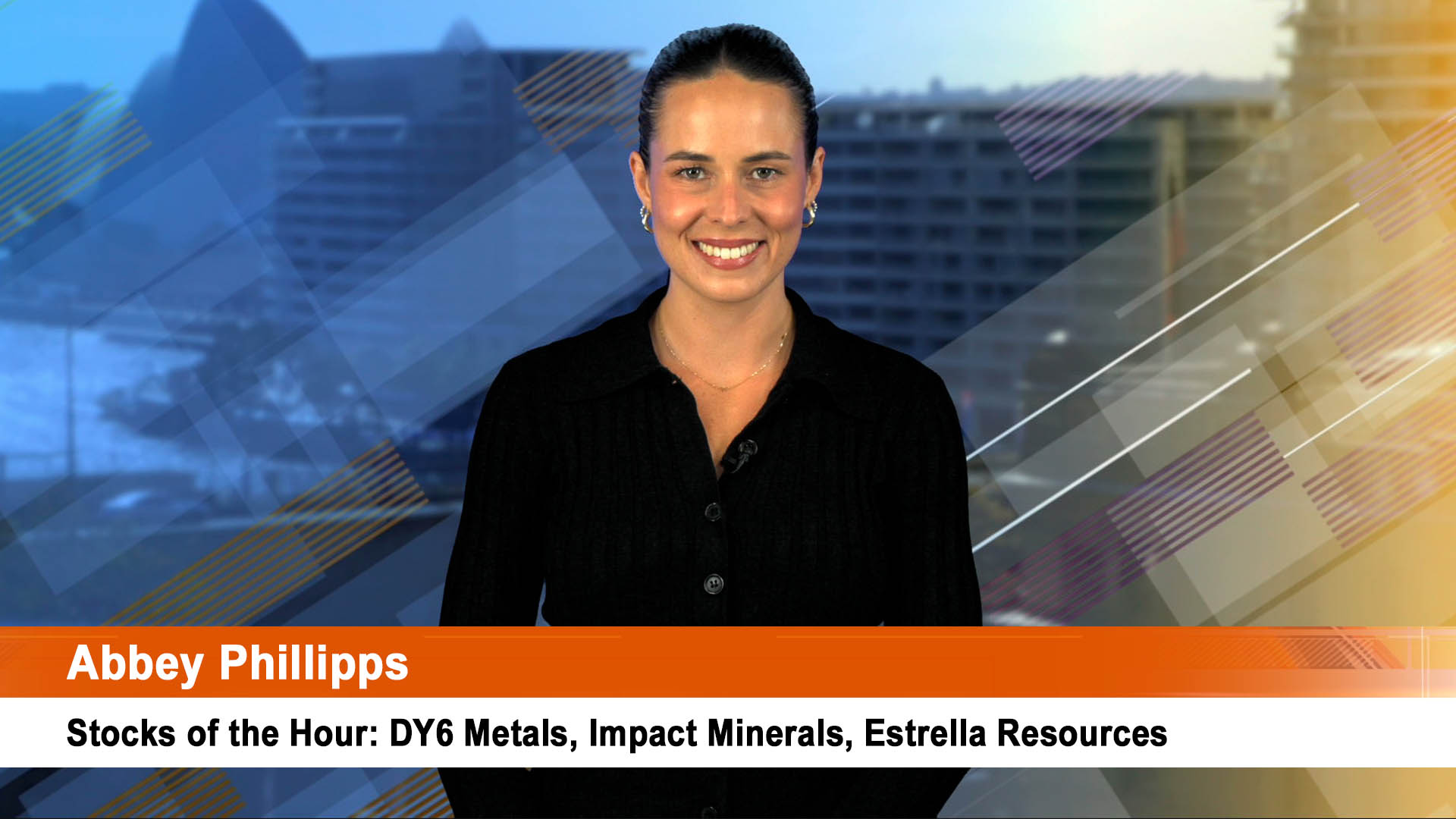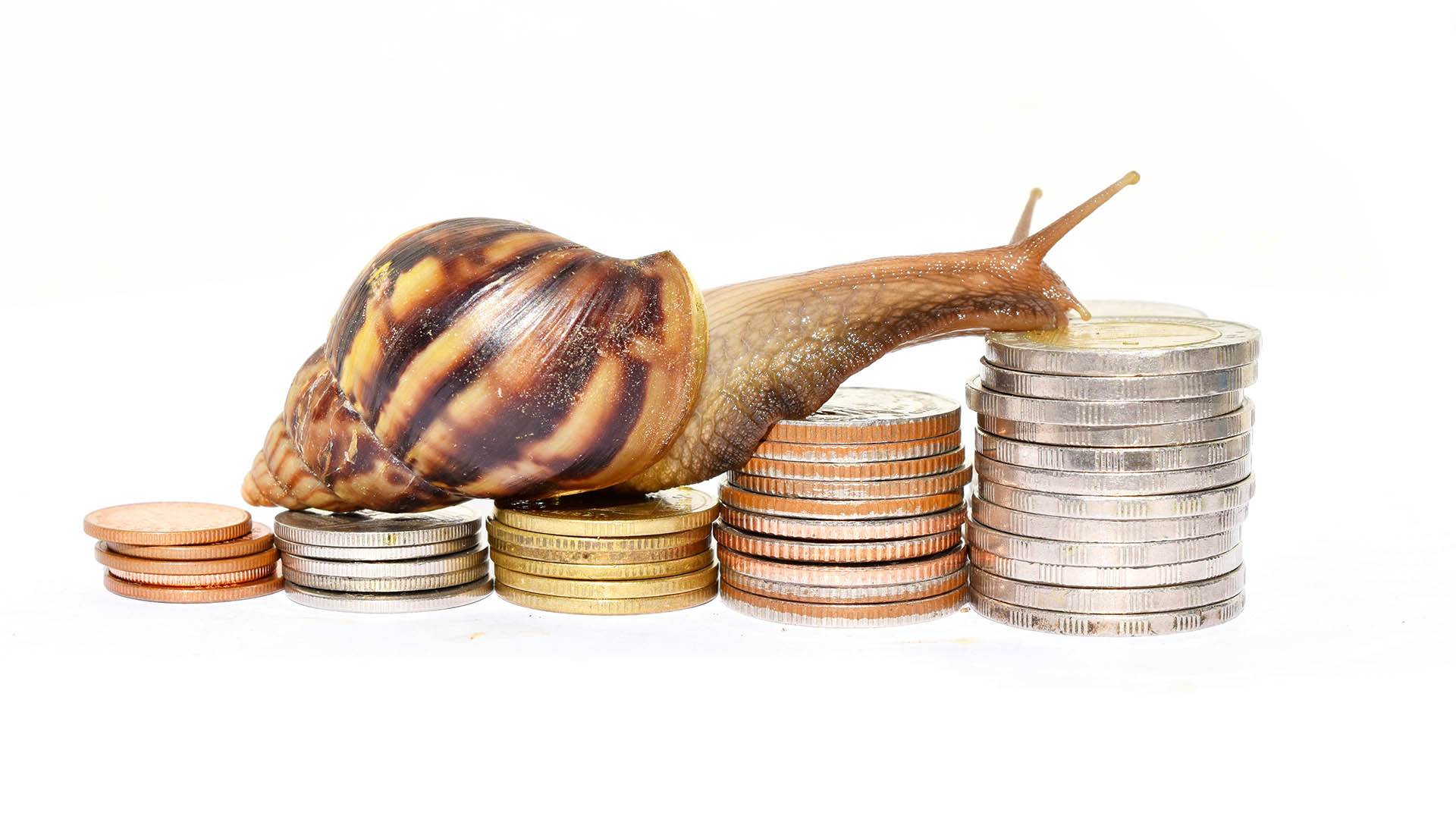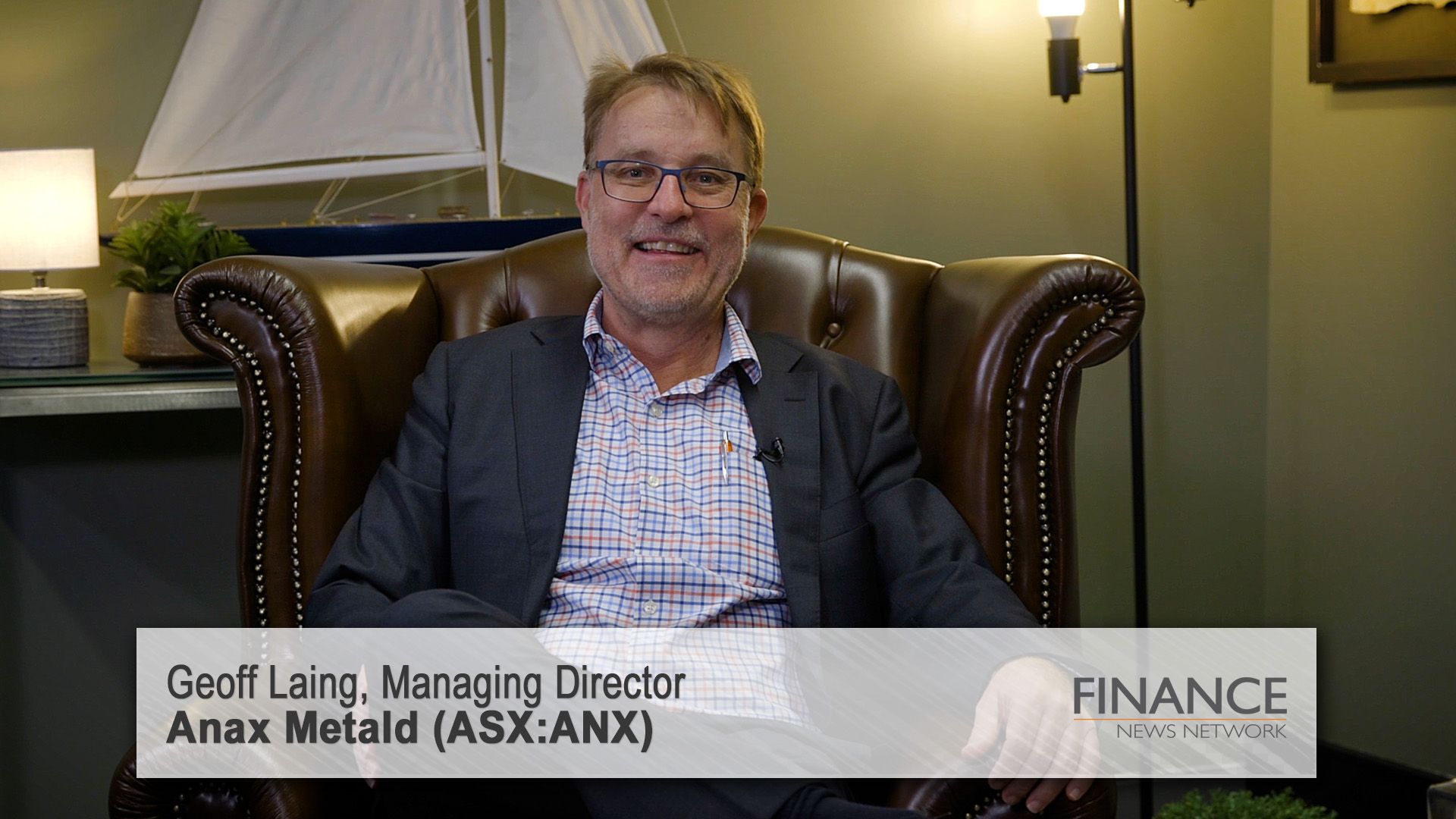The market reaction said it all.
More than 96 million BHP Billiton shares traded, worth more than $2.5 billion, the shares rising $1.56, to close at $28.24. Not a record, that’s around the $32 mark but it’s on the way.
Quite simply BHP Billiton wowed the market and investors yesterday with a record interim profit, a record interim earnings and a record buyback boosted by $US10 billion.
Interim dividend to 20 US cents from 17.5 US cents in the first half of the 2006 year. That’s pointing to a substantial rise for the year.
BHP will soon be rated as a dividend paying industrial stock at this rate.
But the reality is the company is now earning profits and making returns like a high powered hi-tech growth stock.
In the December half it said “underlying EBIT margins rose to 47.4 per cent, from 41.9 per cent in the corresponding period while return on capital employed increased from 31.2 per cent to 36.5 per cent.”
Microsoft or Apple would be proud of those returns.
The trick now is to sustain those very high returns and grow profit even further towards $A20 billion sometime in the next two years.
It was the sort of result that made a mockery of the pontifications and models of analysts who will now have to return to crunch a new and far better set of numbers.
While some analysts will claim that at $US6.2 billion it didn’t meet expectations of $US6.3 billion, they all missed the capital return and the higher dividend.
As a result BHP Billiton shares jumped sharply, breaking several months of static performance as the market worried about the impact of falling copper and oil prices.
Up till yesterday the shares had underperformed the 17 per cent advance in the ASX 200 over the past year. The shares closed at a record $32 in May as copper prices peaked and oil prices were strong.
But the interim report certainly put a rocket under the shares yesterday as the company emphasised that the gains from the resources boom, especially the China part of the story, were substantial and were going to last for at least the next 18 months to two years.
First half net profit was up 41 per cent to $US6.2 billion, on a 21.7 per cent gain in revenue to $US18.50 billion. Earnings per share rose 44 per cent, driven by the past buybacks.
The only question mark being the surprise decision by CEO Chip Goodyear to retire at the end of 2007 at the age of 49, and after five years in the top job.
In Australian dollar terms, net profit for the six months ended December rose to $8 billion, from $5.6 billion in the same period in the prior year.
BHP Billiton said that it would also return more cash to shareholders by increasing its capital management program by $US10 billion to $US13 billion.
Analysts had speculated on another program of $US3 billion after the company had announced a capital management program of $US3 billion last August.
The amount will be returned to shareholders over the next 18 months through a series of buy backs.
Chairman, Don Argus said in a statement that the “confidence in the company’s outlook and strong cash generative capability has underpinned our decision to continue to announce sizeable returns to our shareholders.”
“Our financial strength means we are well positioned to fund our $US17.5 billion pipeline of projects and capture other value enhancing opportunities as they arise,” Mr Argus said.
BHP Billiton said the outlook for the global economy remains encouraging, with continued gross domestic product growth in China, a strong performance in Europe and improving confidence in the US.
“Falling oil prices have also brought some relief to inflation levels and have assisted in improving sentiment in oil-importing countries.
“Tight labour market conditions and falling unemployment rates continue in a number of regions.”
“While we expect growth for the US economy to be below the rate in 2006, a soft landing in the housing sector, strong capital investment and an easing of energy prices should result in a growth rate consistent with long term trends,” BHP Billiton said in its lengthy statements to the ASX.
BHP Billiton said that in 2006 real annual average prices for copper, zinc, iron ore, coking coal, thermal coal, crude oil, natural gas and uranium reached their highest levels since the 1970s.
“Market indicators do not point to large-scale surpluses emerging in 2007, although demand growth can be expected to vary regionally in line with varying economic activity.
“China is set to continue as the main driver of demand, but more mature markets may also lend support, especially Europe and Japan.
“Despite the expansion of China’s domestic production base, imports of commodities will continue to play a crucial role in supporting the country’s industrialisation.”
BHP Billiton said while it expects a constructive environment, the path of the US economy is uncertain.
“Although the US economy will continue to have an important impact on the global economy, it is increasingly clear that improved economic conditions in other OECD countries and the increased relevance of emerging economies is decreasing the global impact of US economic activity,” the company said.
“As a result the global impact of a slow down in the US is expected to be lower than generally assumed and we do not anticipate a return of prices to longer run averages over the medium-term.”
And that was another bullish part of the announcements:
Medium term these days is generally construed to be from three to five years.
What BHP is saying that because of the strength of demand from China, it is not expecting the prices for the commodities it produces to ‘fall’ back to long term averages: the long term average prices for oil, coal, copper, iron ore are considerably less than they are at the moment.
Even on the company’s biggest













